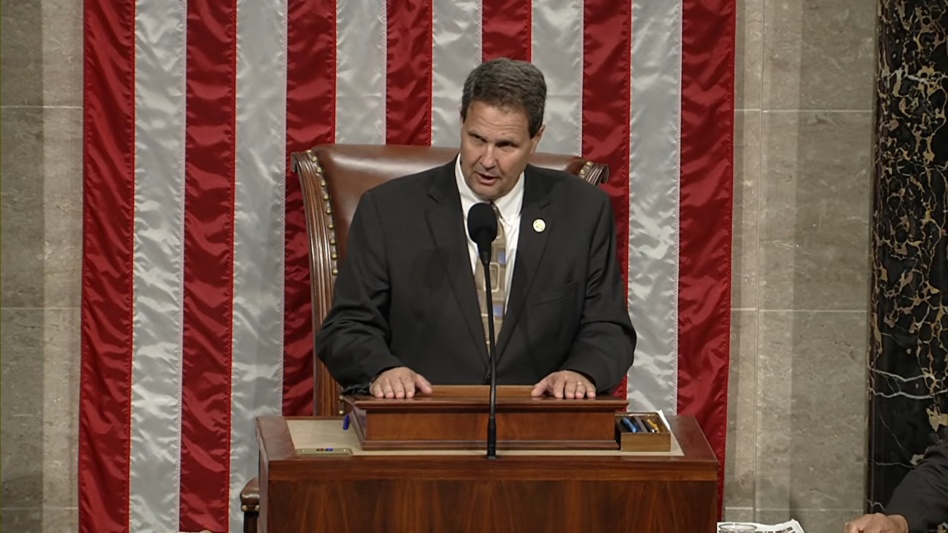A new caucus established this summer is aiming to educate lawmakers about Golden Dome and build a coalition to support the Trump administration’s proposed missile defense program.
“I want to use the caucus as a translator so that every member can kind of be on board with Golden Dome, and understand what the president is trying to do with it,” Rep. Jeff Crank (R-CO), told Payload. “The caucus can serve as an opportunity for everyone to get into the same room—industry, government, and members of the administration—to talk face to face.”
Crank established the Golden Dome Caucus in June, alongside Rep. Dale Strong (R-AL). The Senate caucus is led by Sen. Tim Sheehy (R-MT).
What’s next: The timeline set for the Golden Dome program means it needs the support of not just the armed services committees and the appropriations committees, but the majority of Congress—on both sides of the aisle.
The caucus boasts 20+ members representing both parties who are “ready to go to bat for the president’s mission,” Crank said. The first meeting for the caucus will have Golden Dome Chief and Gen. Michael Guetlein lay out the proposed architecture.
Cost-effective: “What is the role of the federal government? One of the main roles laid out by the founding fathers was the protection of the country. We have to take that seriously,” said Crank.
It’s simple to argue that Golden Dome is extremely expensive and not worth the cost, Crank said, but if an adversary attacked the continental US and there were no systems that could protect against the attack, the costs to repair the damage would be significantly higher.“$500B would be a bargain at that point,” he said.
Staying ahead: Crank, said that, while he understands the argument that the system may lead to an arms race, he disagrees with its premise, especially with adversaries such as China already investing in their own space capabilities and hypersonic tech.
“It would be good if we could live in a world where we didn’t have to spend $500B to counter this, but unfortunately, we don’t live in that world.”




